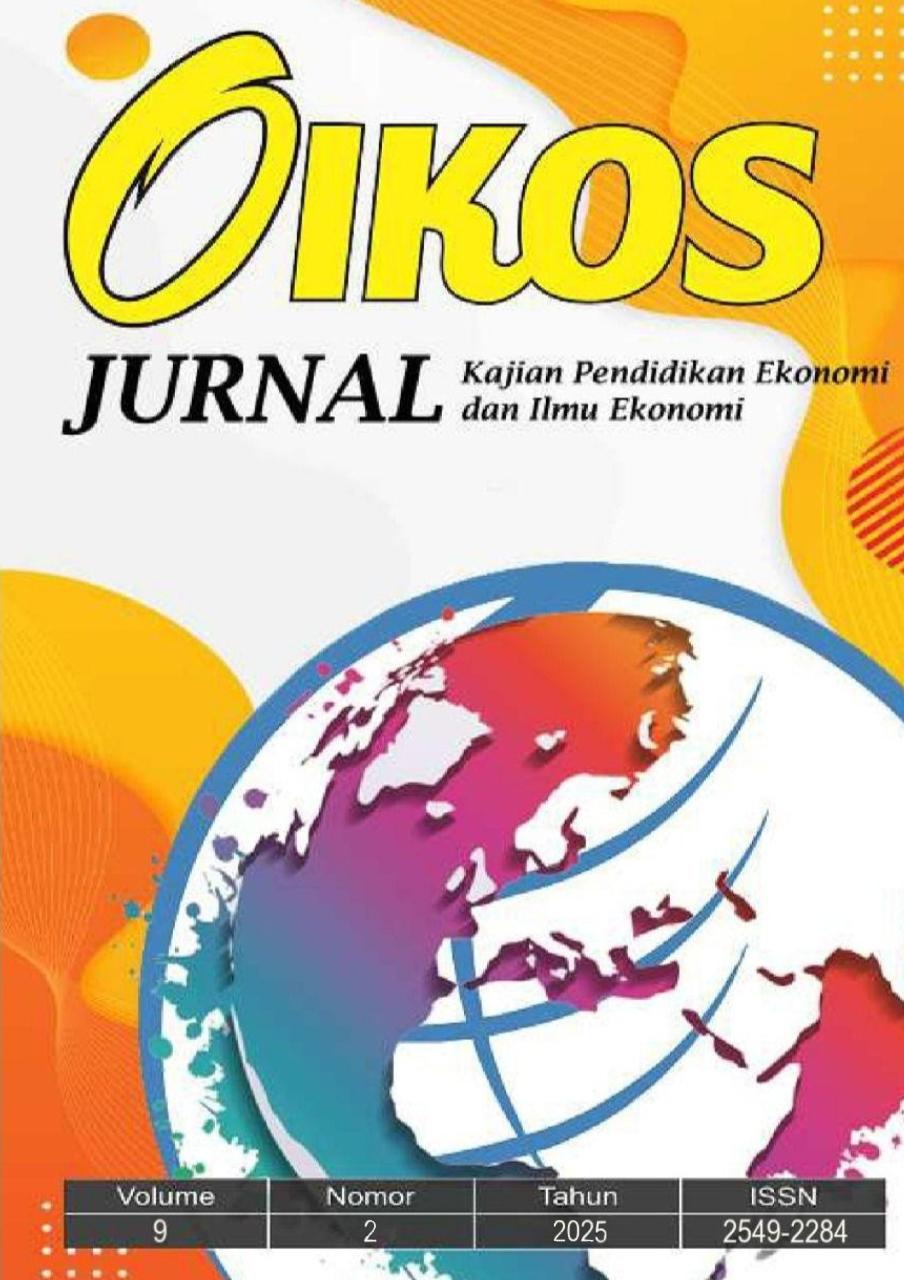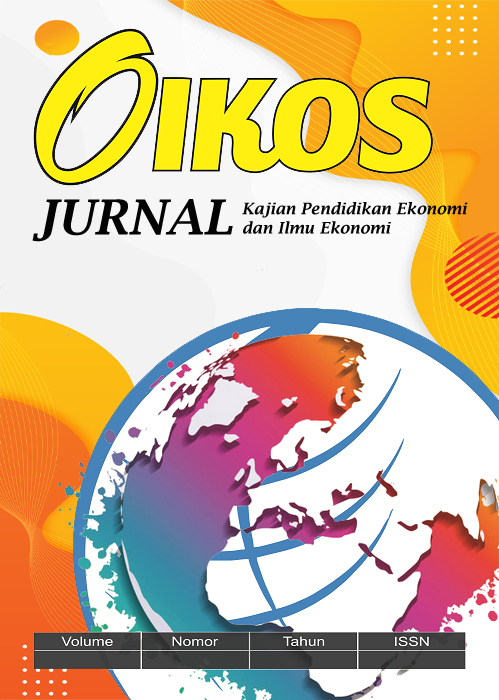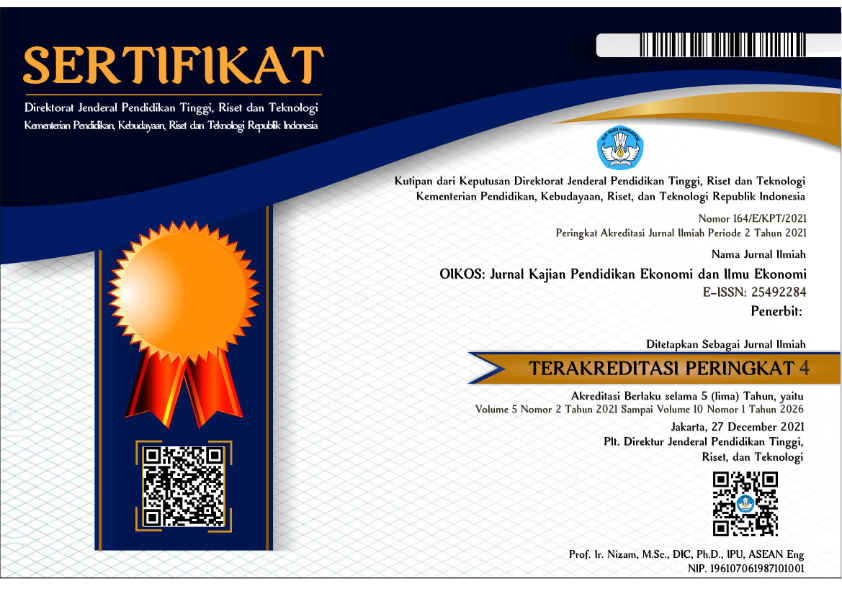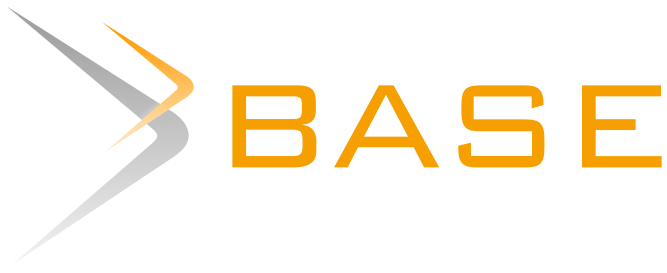EMPLOYER BRANDING STRATEGY TO ATTRACT QUALIFIED CANDIDATES FROM FAMOUS CAMPUSES
Keywords:
employer branding, employer value proposition, employer attractivenessAbstract
Employer branding is a strategic approach to attracting and retaining top talent, particularly from leading universities. This study aims to analyze the implementation of employer branding strategies in attracting high-quality candidates, using a mixed-method approach that combines a survey of 133 students from three top Indonesian universities and interviews with company alumni. The results show that development value, social value, and application value are the most appreciated dimensions among students. However, there is a noticeable gap between the employer value proposition (EVP) communicated by the company and the candidates’ perceptions. This misalignment may reduce the effectiveness of branding strategies if not addressed. The study recommends aligning the EVP with internal realities, engaging alumni as branding ambassadors, and designing transparent career development paths. These findings are expected to serve as a reference for companies in formulating talent acquisition strategies that align with the expectations of the younger generation.
Downloads
References
Adyaksa, F. F. (2024). Analysis on the influence of employer branding strategies with the desires of Generation Z to attract potential talent in the start-up [Tesis Magister, Institut Teknologi Bandung].
Aggarwal, A., Sadhna, P., Gupta, S., Mittal, A., & Rastogi, S. (2022). Gen Z entering the workforce: Restructuring HR policies and practices for fostering the task performance and organizational commitment. Journal of Public Affairs, 22(3), e2535.
Alniaçik, E., & Alniaçik, U. (2012). How employer brand affects the job satisfaction of employees. Procedia - Social and Behavioral Sciences, 58, 1366–1373.
Ambler, T., & Barrow, S. (1996). The employer brand. Journal of Brand Management, 4, 185–206.
Apsari, M. S. (2024). Employer branding di BUMN [Tesis Magister, Institut Teknologi Bandung].
Arachchige, B. J. H., & Robertson, A. (2011). Business student perceptions of a preferred employer: A study identifying determinants of employer branding. The IUP Journal of Brand Management, 8(3), 25–46.
Auzan, A. A. (2022). Analysis on the impact of company employer branding with the desire of Generation Z in choosing their workplace: A case study of PT BRI [Tesis Magister, Institut Teknologi Bandung].
Backhaus, K. (2016). Employer branding revisited. Organization Management Journal, 13(4), 193–201.
Backhaus, K., & Tikoo, S. (2004). Conceptualizing and researching employer branding. Career Development International, 9(5), 501–517.
Bălășescu, M., & Pînzaru, F. (2023). Employer branding: A brand equity-based literature review and research agenda. International Journal of Management Reviews, 20(2), 155–179.
Barrow, S., & Mosley, R. (2011). The employer brand: Bringing the best of brand management to people at work. John Wiley & Sons.
Berthon, P., Ewing, M., & Hah, L. L. (2005). Captivating company: Dimensions of attractiveness in employer branding. International Journal of Advertising, 24(2), 151–172.
Bilan, Y., & Staniec, I. (2022). Employer branding: A brand equity-based literature review and research agenda. International Journal of Management Reviews, 20(2), 155–179.
BPS Indonesia. (2023). Statistik Indonesia 2023. Badan Pusat Statistik.
Bronlet, M., Kováčová, M., & Kováč, J. (2024). Retaining talent through an attractive employer brand. DiVA Portal.
Cable, D. M., & Turban, D. B. (2001). Establishing the dimensions, sources and value of job seekers’ employer knowledge during recruitment. Research in Personnel and Human Resources Management, 20, 115–163.
Carmines, E. G., & Zeller, R. A. (1979). Reliability and validity assessment. Sage Publications.
Creswell, J. W. (2009). Research design: Qualitative, quantitative, and mixed methods approaches (3rd ed.). Sage Publications.
Deci, E. L., & Ryan, R. M. (2000). The "what" and "why" of goal pursuits: Human needs and the self-determination of behavior. Psychological Inquiry, 11(4), 227–268.
Deloitte. (2023). 2023 Gen Z and Millennial Survey. https://www2.deloitte.com/cn/en/pages/about-deloitte/articles/genzmillennialsurvey-2023.html
Edwards, M. R. (2010). An integrative review of employer branding and organizational behavior theory. International Journal of Management Reviews, 12(1), 4–23.
Eger, L., Kováčová, M., & Kováč, J. (2019). Employer branding: Exploring attractiveness dimensions in a multicultural context. Technological and Economic Development of Economy, 25(6), 1235–1254.
Erlinda, D., & Safitri, R. (2022). The relationship between employer branding, corporate reputation, and intention to apply to a job offer. Journal of Economics, Business & Accountancy Ventura, 25(2), 231–240.
Field, A. (2005). Discovering statistics using SPSS. Sage.
Finch, H. (2022). An introduction to the analysis of ranked response data. Practical Assessment, Research, and Evaluation, 27(7).
Frey, B. S., & Rost, K. (2011). Quantitative and qualitative rankings of scholars. Schmalenbach Business Review, 63(1), 61–89.
Fraenkel, J. R., & Wallen, N. E. (2012). How to design and evaluate research in education (8th ed.). McGraw-Hill.
Gatewood, R. D., Gowan, M. A., & Lautenschlager, G. J. (1993). Corporate image, recruitment image, and initial job choice decisions. Academy of Management Journal, 36(2), 414–427.
Ghauri, P., & Grønhaug, K. (2005). Research methods in business studies: A practical guide (3rd ed.). Pearson Education.
Ghozali, I. (2018). Aplikasi analisis multivariate dengan program IBM SPSS 25 (9th ed.). Badan Penerbit Universitas Diponegoro.
Hackman, J. R., & Oldham, G. R. (1976). Motivation through the design of work: Test of a theory. Organizational Behavior and Human Performance, 16(2), 250–279.
Haris, M. (2010). Employer branding: A potent organizational tool for enhancing competitive advantage. International Journal of Management Reviews, 20(2), 155–179.
HM Sampoerna. (2023). Annual report 2023. HM Sampoerna.
HM Sampoerna. (2023). Sustainability report 2023. HM Sampoerna.
HM Sampoerna. (2024). HM Sampoerna LinkedIn. LinkedIn.
Huck, S. W. (2007). Reading statistics and research (5th ed.). Pearson Education.
IDN Research Institute. (2025). Indonesia Millennial and Gen Z Report 2025.
Ishikawa, K. (1990). Introduction to quality control. 3A Corporation.
ITB Partnership Directorate. (2021). ITB and UNPAD students can now study cross-campus. Institut Teknologi Bandung. https://itb.ac.id/news/itb-and-unpad-students-can-now-study-cross-campus/57991
Kothari, C. R. (2004). Research methodology: Methods and techniques (2nd ed.). New Age International Publishers.
Miles, M. B., & Huberman, A. M. (1994). Qualitative data analysis: An expanded sourcebook (2nd ed.). Sage Publications.
Milkovich, G. T., & Newman, J. M. (2008). Compensation (9th ed.). McGraw-Hill Education.
Minchington, B. (2010). Employer brand leadership: A global perspective. Collective Learning Australia.
Minchington, B., & Estis, R. (2009). 6 steps to an employer brand strategy. ERE.net
Ministry of Industry. (2023). Kontribusi industri hasil tembakau terhadap PDB dan penyerapan tenaga kerja nasional.
Moesley, R., & Richard, M. (2015). Employer branding: A potent organizational tool for enhancing competitive advantage. International Journal of Management Reviews, 20(2), 155–179.
Moroko, L., & Uncles, M. D. (2008). Characteristics of successful employer brands. Journal of Brand Management, 16(3), 160–175.
Mosley, R. (2015). Employer brand management: Practical lessons from the world's leading employers. John Wiley & Sons.
Moser, C. A., & Kalton, G. (1989). Survey methods in social investigation (2nd ed.). Gower Publishing.
Mwangi, M. (2022). Employer branding: A potent organizational tool for enhancing competitive advantage. International Journal of Management Reviews, 20(2), 155–179.
Neuman, W. L. (2005). Social research methods: Quantitative and qualitative approaches (6th ed.). Pearson Education.
Nunnally, J. C., & Bernstein, I. H. (1994). Psychometric theory (3rd ed.). McGraw-Hill.
Pallant, J. (2001). SPSS survival manual: A step by step guide to data analysis using SPSS for Windows (1st ed.). Open University Press.
Permana, I. S., Ngiliyun, A., & Subagia, H. A. (2023). Upaya meningkatkan etika bermedia digital bagi siswa di SMP PGRI Karangampel. ADIMA: Jurnal Pengabdian Kepada Masyarakat, 1(1), 25–30. https://doi.org/10.61434/adima.v1i1.133
Puri, S. (2018). Employer branding: Exploring attractiveness dimensions in a multicultural context. Technological and Economic Development of Economy, 24(4), 1235–1254.
Puspita, A. (2021). Proposed employer branding strategy to attract prospective employees and retain current employees at Grand Tjokro Premiere Hotel Bandung [Tesis Magister, Institut Teknologi Bandung].
Robinson, S. P. (2009). Organizational behavior (13th ed.). Pearson Prentice Hall.
Robson, C. (2002). Real world research: A resource for social scientists and practitioner-researchers (2nd ed.). Blackwell Publishing.
Rounak, S., & Misra, S. (2020). Employer branding: A potent organizational tool for enhancing competitive advantage. International Journal of Management Reviews, 20(2), 155–179.
Rousseau, D. M. (1989). Psychological and implied contracts in organizations. Employee Responsibilities and Rights Journal, 2(2), 121–139.
Roy, S. (2008). Identifying the dimensions of attractiveness of an employer brand in the Indian context. South Asian Journal of Management, 15(4), 110–130.
Saunders, M., Lewis, P., & Thornhill, A. (2009). Research methods for business students (5th ed.). Pearson Education.
Sehgal, N., & Malati, S. (2013). Employer branding: A potent organizational tool for enhancing competitive advantage. International Journal of Management Reviews, 20(2), 155–179.
Silverstein, M. J., & Fiske, N. (2003). Trading up: The new American luxury. Portfolio Hardcover.
Sivertzen, A. M., Nilsen, E. R., & Olafsen, A. H. (2013). Employer branding: Employer attractiveness and the use of social media. Journal of Product & Brand Management, 22(7), 473–483.
Staniec, I., & Kalińska-Kula, M. (2021). Employer branding: A brand equity-based literature review and research agenda. International Journal of Management Reviews, 20(2), 155–179.
Tashakkori, A., & Teddlie, C. (2003). Handbook of mixed methods in social & behavioral research. Sage Publications.
Theurer, C. P., Tumasjan, A., Welpe, I. M., & Lievens, F. (2018). Employer branding: A brand equity-based literature review and research agenda. International Journal of Management Reviews, 20(2), 155–179.
Top Employers Institute. (2025). Top Employers Indonesia. https://www.top-employers.com/it/blog/certificate/top-employers-indonesia/
Universum. (n.d.). Employer branding reports. Universum Global. https://universumglobal.com
Downloads
Published
Issue
Section
License
Copyright (c) 2025 OIKOS: Jurnal Kajian Pendidikan Ekonomi dan Ilmu Ekonomi

This work is licensed under a Creative Commons Attribution 4.0 International License.









